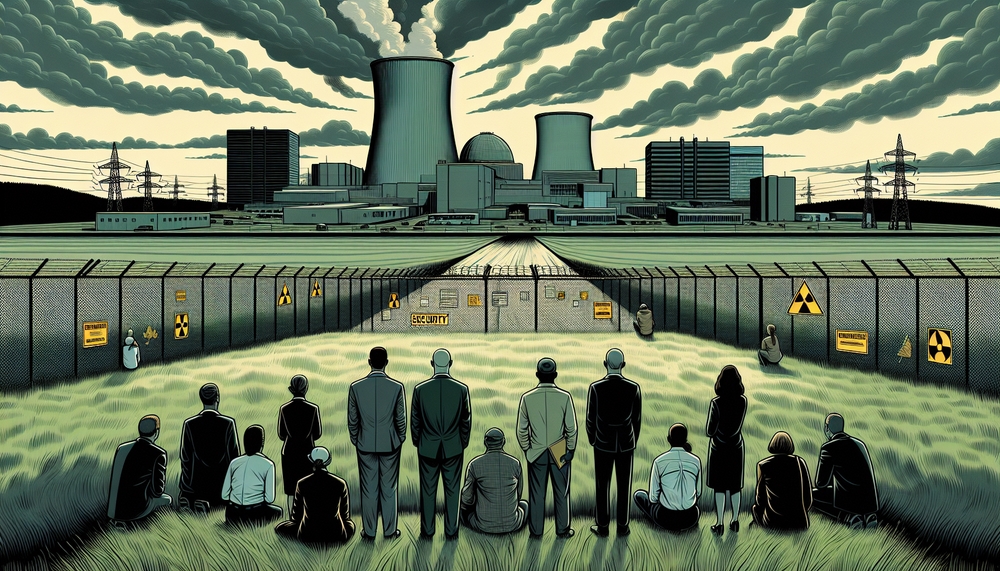Published
- 3 min read
Rethinking U.S. Involvement in Global Nuclear Negotiations

Introduction: A Critical Reevaluation
In recent years, there has been a growing discourse surrounding U.S. involvement in global nuclear negotiations. Central to this debate is the question of how the U.S. should engage with Iran over its nuclear ambitions. The India-Pakistan crisis is often cited as a critical lesson in these discussions, advocating for a hardline stance. However, such an approach necessitates a more nuanced understanding. While the India-Pakistan scenario offers insights, it should not serve as the definitive framework for addressing Iran’s nuclear pursuits or U.S. international policy.
Flawed Analogies: Iran and the South Asian Dynamic
Comparing Iran’s nuclear negotiations to the India-Pakistan nuclear standoff overlooks significant contextual differences. Unlike the South Asian dynamic, Iran’s geopolitical context involves distinct historical grievances and regional alliances. The nuclear rivalry between India and Pakistan is deeply rooted in their shared history, colonial past, and regional power struggle. Applying a one-size-fits-all approach to Iran disregards the unique challenges and political landscape of the Middle East, potentially leading to skewed policy-making.
Regional Dynamics and Historical Context
Understanding the India-Pakistan nuclear framework requires acknowledging the historical animosities, territorial disputes, and cultural divergences that have cemented their complex relationship. These factors have driven both nations to pursue nuclear capabilities largely as deterrent strategies. On the other hand, Iran’s nuclear ambition is enmeshed in different strategic imperatives, influenced by its interactions with global powers and neighboring states. Conflating these regional dynamics can misdirect U.S. strategies in the Middle East, resulting in inefficacious or counterproductive policies.
The Imperative of Diplomatic Nuance
Achieving diplomatic success with Iran calls for broader strategic thinking beyond the bounds of South Asian analogies. Bolstering diplomatic engagement through multilateral channels and fostering regional partnerships can create pathways for constructive dialogue. An aggressive stance, drawn solely from the India-Pakistan precedent, risks heightening tensions. Instead, nuanced diplomacy, respecting Iran’s position while aligning with international norms, is more likely to yield sustainable outcomes.
Potential Overreach and Its Consequences
The escalation of interventionist policies based on the lessons perceived from South Asia could lead to detrimental effects. Tensions may rise, transforming diplomatic arenas into militarized fronts. Additionally, unilateral actions may undermine regional autonomy, fostering resentment among local actors. Consequently, these outcomes could destabilize not only Iran but the broader Middle East, contradicting the U.S.’s strategic interests in peace and security.
A Call for Measured Engagement
Concluding this discussion, a call for measured engagement in international nuclear negotiations is imperative. Avoiding the pitfalls of unilateral actions, the U.S. should embrace broader collaborative networks, prioritizing peace and stability. By respecting the unique dynamics inherent in each regional conflict, and advocating for multilateral solutions, the path forward can be one of cooperation and constructive diplomacy. Such strategies will not only address nuclear disputes but will also enhance global diplomatic efforts aligned with shared international goals.
